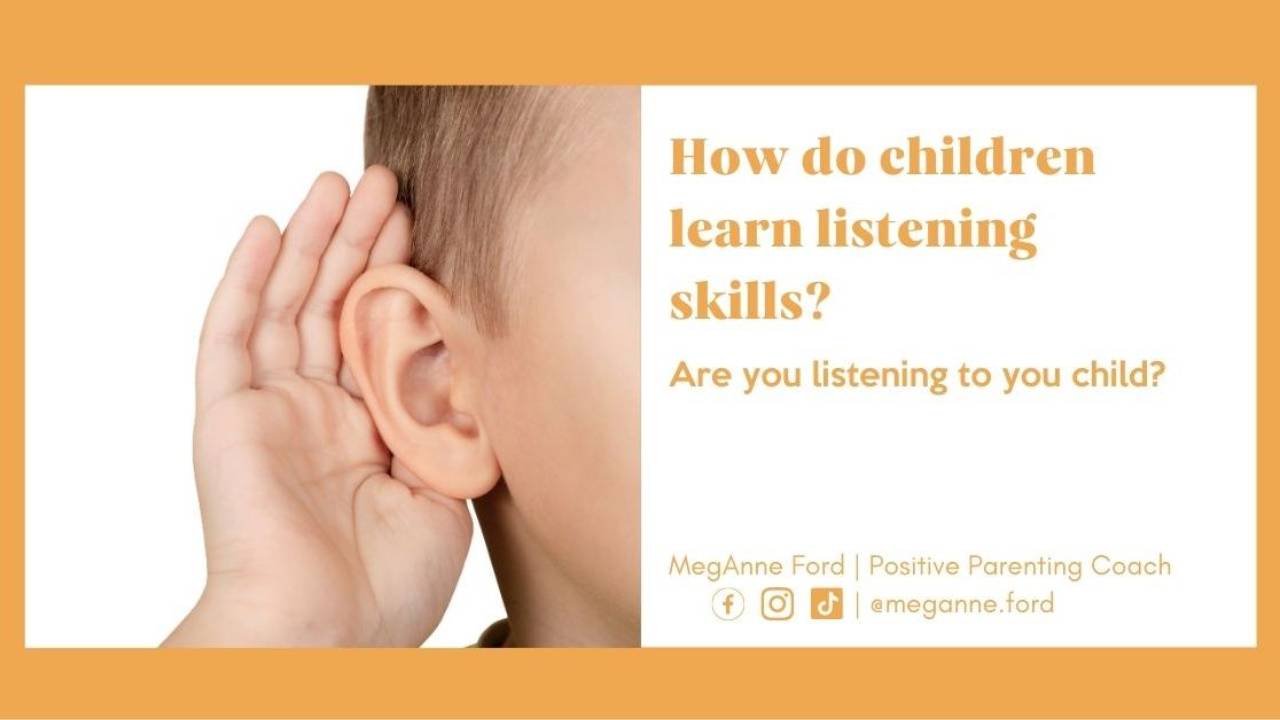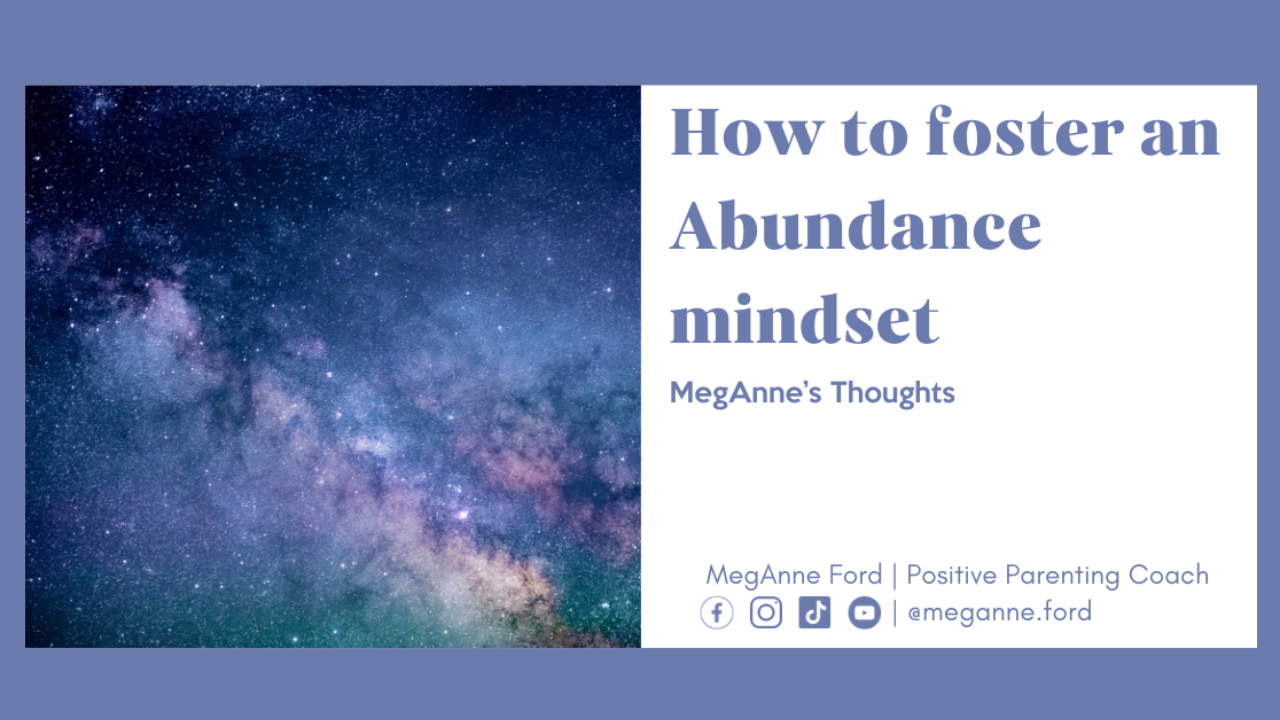
What does the "FAWN" Response look like?
Dec 07, 2023
Disclaimer: I invite you to take care of yourself while you read. This content can be triggering, so take a break if needed. This information is for awareness and entertainment and not to be a substitute for professional mental help.
I am a parenting coach. I work with parents to help them build and maintain parenting tools that work inside their home.
The more we know as adults, the more empowered we can be in stressful situations with the little ones in our care.
Takeaways
- Fawning, a submissive response to threats, may become maladaptive, leading to over-accommodation and self-neglect.
- Observable behaviors like frequent apologies, excessive flattery, and difficulty saying no signal maladaptive Fawn responses.
- Recognizing these behaviors as signals, not labels, is crucial for understanding and supporting individuals struggling with the Fawn response.
You can WATCH or LISTEN to this content
Our brains are like superheroes in the wild, always focused on survival.
Imagine being in the wild, where encountering a tiger is a real threat. Our brains quickly make assumptions and fill in the gaps to keep us safe.
But sometimes, our brains misinterpret situations, like seeing a cat and thinking it's a tiger. This can lead to maladaptive strategies when there's no real threat.
I help parents break free from fear-based punishments that activate our defense response.
Punishments inflict pain, initiating our defenses, which are adaptive in the face of real threats but become maladaptive when the threat is not real.
What does the Nervous System Do?

Understanding the nervous system's response to trauma is like following a flow chart. We ask ourselves, "Can I escape?" If yes, we go to flight; if no, we consider fighting, freezing, or fawning.
Our brains respond to experiences, and the Reptilian Brain (safety), the midbrain (love), and the executive brain (learning).
Understanding our physiological stress responses, like dilated pupils, heightened hearing, faster heart rate, and more, helps us recognize when we're stuck in defense mode. Recognizing racing thoughts, reduced pain perception, and increased cortisol and adrenaline signal activation.

What does the Fawn Response Look like?
People using the Fawn response protect themselves by being submissive, avoiding conflict in the face of threats.
When confronted by figurative tigers, they say yes, appease, and make themselves smaller to protect their image. This response aims to avoid threats from the outside world.
Stress is normal. Our physiological stress responses look like dilated pupils and faster heart rates, which helps us identify when we're stuck in defense mode.

Maladaptive traits
When the Fawn response becomes maladaptive, we tilt toward over-accommodating others and neglecting our own needs, leading to a loss of self.
Observable behaviors signal someone in a Fawn response, like frequent apologies, difficulty saying no, excessive flattery, and pretending to agree.
Overcommitting, snapping, and resentment indicate exceeding capacity due to perceived threats.
People in the Fawn response may change opinions to please others, and inconsistencies in their behavior suggest an internal struggle.
They may find it challenging to assert boundaries, possibly due to early experiences where boundaries were unsafe. This essential skill for self-preservation wasn't practiced, causing discomfort when attempting to set limits.
People with maladaptive Fawn responses might fear sharing their true selves and become pushovers, performing niceness as a defense mechanism. Recognizable by surface-level engagement, they shy away when confronted with intense emotions, signaling an unease or discomfort that underlies their seemingly pleasant demeanor.
Let's take a moment to understand that these observable behaviors we've discussed are not labels defining a person.
Instead, they serve as signals, indicating something beneath the surface. Just like a flag alerts us to pay attention, these behaviors are flags prompting us to investigate further.
It's crucial to recognize that behavior is a form of communication, and these actions signify a need for understanding rather than judgment.
Another observable behavior involves individuals who avoid giving opinions, claiming to be agreeable with anything.
While flexibility is positive, it's essential to reflect on whether this behavior serves or protects. Ask yourself if being overly agreeable or refraining from expressing opinions is empowering or limiting.
Consider whether you feel safe enough to voice your thoughts. This behavior often indicates someone prioritizing others' comfort over their own, showing thoughtfulness but sometimes leading to excessive submissiveness.
Example:
I recently saw a TikTok video featuring a goat and a dog in a field.
The goat began jumping around, and the dog, responding energetically, chased and barked at the goat.
Surprisingly, the goat then played dead; it fawned, lying down completely, submitting to the dog.
It made me think about how animals, like the goat, instinctively use submissive behavior when faced with a perceived threat.
The goat's quick switch from playful to submissive highlighted its communication strategy, saying, "I'm not a threat; I'll do whatever you want." It was a fascinating example of how different species communicate and adapt in response to perceived threats.
How to Support Someone in the Fawn Response

If you notice someone around you showing observable behaviors like over-apologizing, avoiding conflict, or excessively pleasing others, it's crucial to understand that they are not intentionally causing trouble.
Instead, they might be struggling with their own internal challenges. In these moments, your role is to be present, tune into their needs, and communicate in ways that resonate with them.
Building trust is essential, and failure to do our part can lead to a rupture in trust. Acting with kindness and understanding, rather than using punitive measures, helps create a safe environment and contributes to positive relationship development.
In challenging situations, we can either act as "gasoline" or an "extinguisher."
Gasoline:
Gasoline actions include adding pressure, making threats, or speaking promises that cannot be kept.
These actions exacerbate stress responses and make the person feel more overwhelmed.
Extinguisher:
On the flip side, being an "extinguisher" involves regulating emotions, creating a sense of safety, and practicing patience.
By using power-with strategies and fostering connection, we contribute to the development of social-emotional and conflict resolution skills, strengthening our relationships and promoting a positive environment for personal growth.
Now what?
If you've started recognizing signs of stress in yourself, such as engaging in behaviors like fight, flight, freeze, or fawn, it's important not to interpret them as you being bad.
Instead, consider them as alarms signaling that something needs attention.
It's like a smoke detector, indicating it needs batteries.
On the positive side, have you begun to identify signs of safety? Are there places or people that make you feel secure? Recognizing these safe spaces and connections is crucial for your well-being. Understanding these signals helps you navigate stress and create a supportive environment for yourself.
If you are a parent looking for a calmer home and support, I am a former misunderstood child turned parenting coach. I created the C.L.E.A.R. Method to foster connection. The Positive Parenting Journey empowers you to build lasting, healthy relationships with your kids. You can begin your journey with the Understanding Us Series Email Series.










